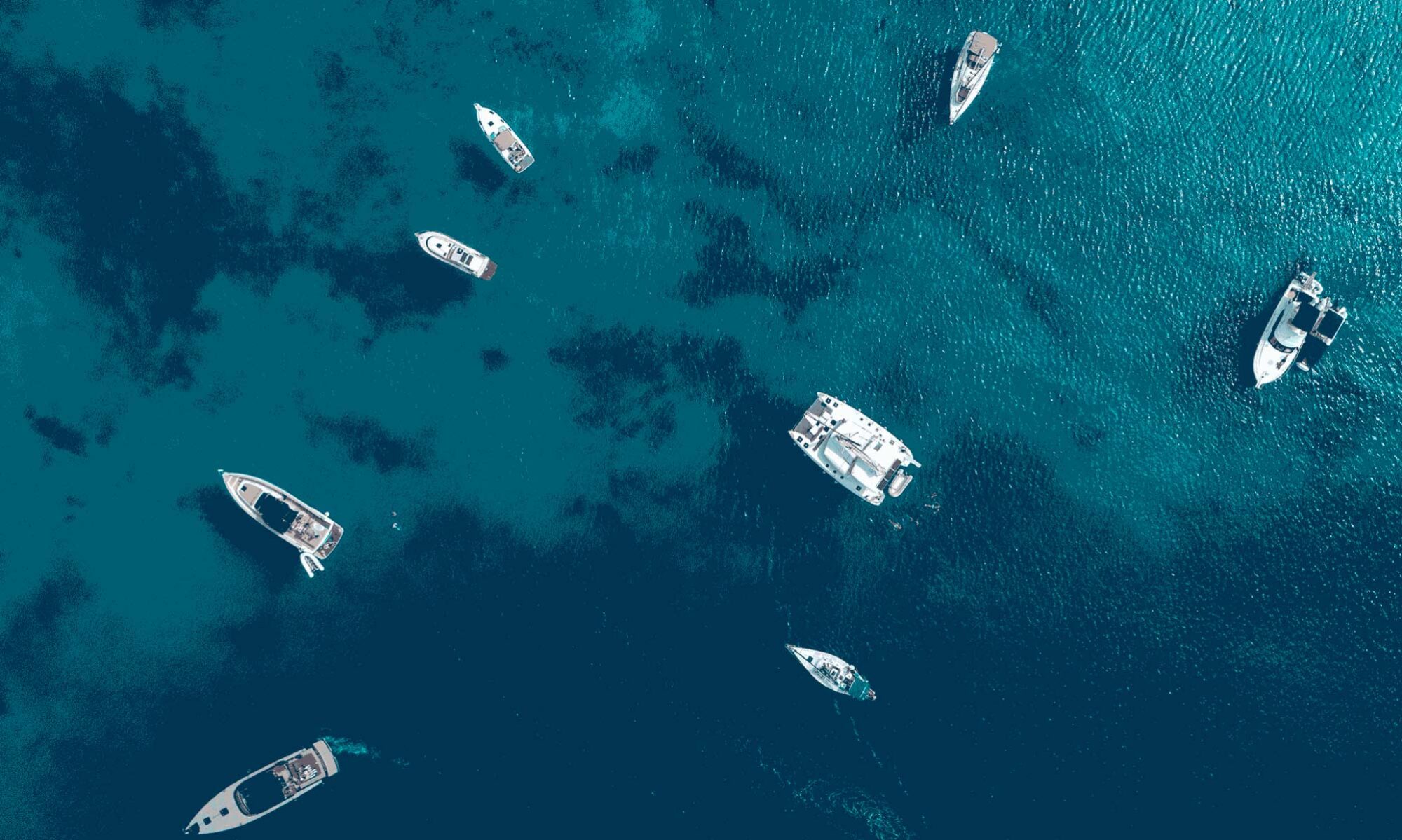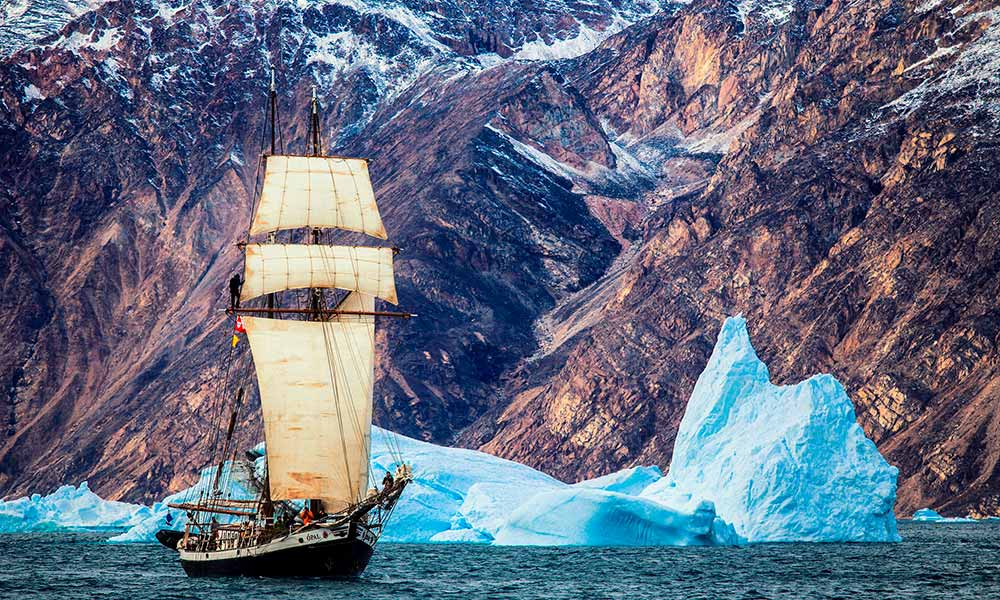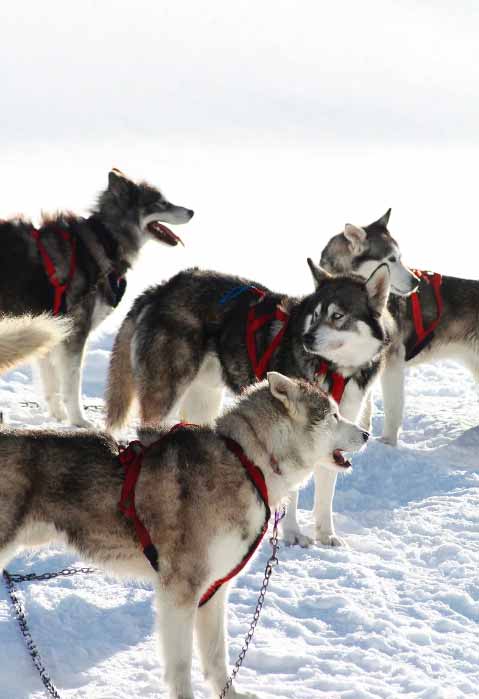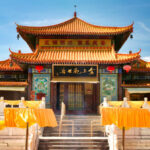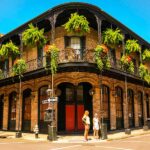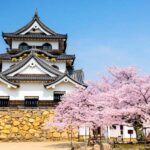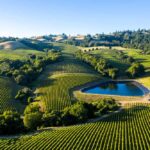Greenland, the largest island in the world, is a land of breathtaking beauty and extreme weather conditions. Greenland is located in the Arctic region. It is a territory of Denmark. This island is known for its vast icy landscapes, towering icebergs, and unique wildlife. In this article, I will take you on a journey to explore the wonders of Greenland, where winter prevails year-round.
Geography and Climate of Greenland
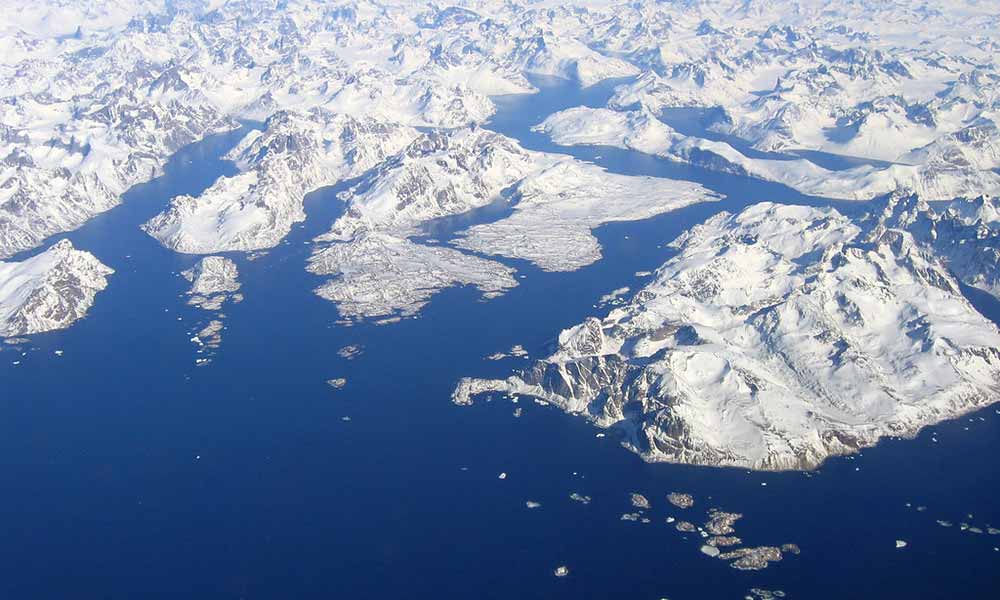
Greenland is situated between the Arctic and Atlantic Oceans. Its northernmost point is just a few hundred miles away from the North Pole. The island is renowned for its ice sheet, covering about 80% of its landmass and making it one of the coldest places on Earth. Greenland experiences an Arctic climate, characterized by long, harsh winters and short, cool summers. The average temperature in winter can plummet to -30 degrees Celsius (-22 degrees Fahrenheit), while in summer, it hovers around 10 degrees Celsius (50 degrees Fahrenheit).
Life in Greenland: Living in a Winter Wonderland
Living in Greenland is like living in a winter wonderland all year long. The local inhabitants have adapted to the extreme climate and have developed unique ways of surviving in this frozen paradise. Traditional modes of transportation, such as sleighs and snowmobiles, are essential for getting around in the snow-covered terrain. Dogs also play a crucial role in transportation. They are transporting sleds across the icy landscapes.
Transportation: Navigating the Frozen Terrain
Transportation in Greenland is a fascinating aspect of life on the island. With limited roads and a vast expanse of ice and snow, traditional methods of transportation are preferred. Locals are commonly used sleighs in rural areas. Sledges allow locals to traverse the frozen terrain with ease. Snowmobiles are also popular, especially in more remote regions where the landscape is too challenging for other means of transportation. In coastal areas, boats are essential for navigating the icy waters during the summer months when the sea ice melts.
Cuisine in Greenland: Exploring Traditional Arctic Delicacies
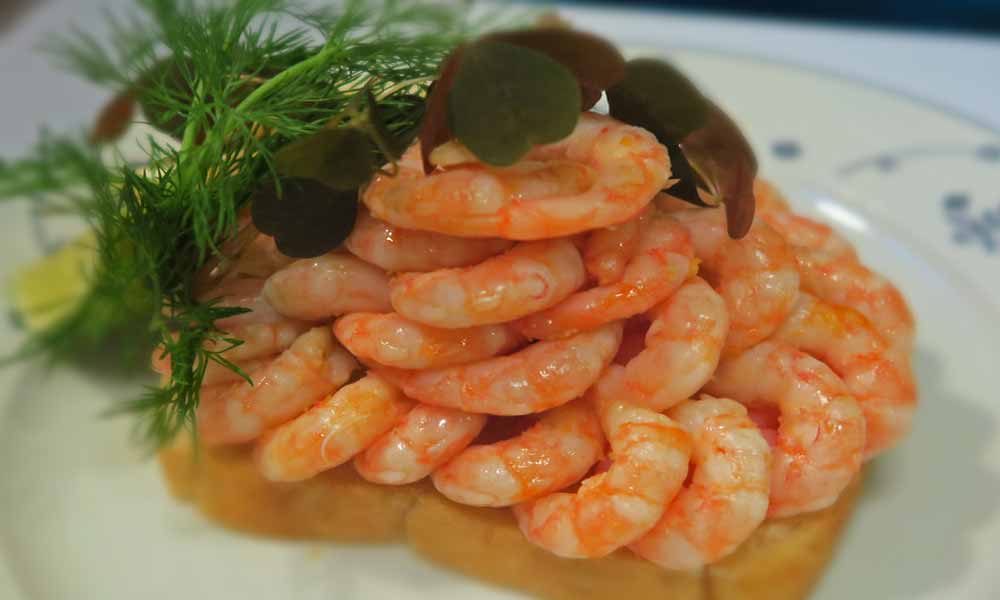
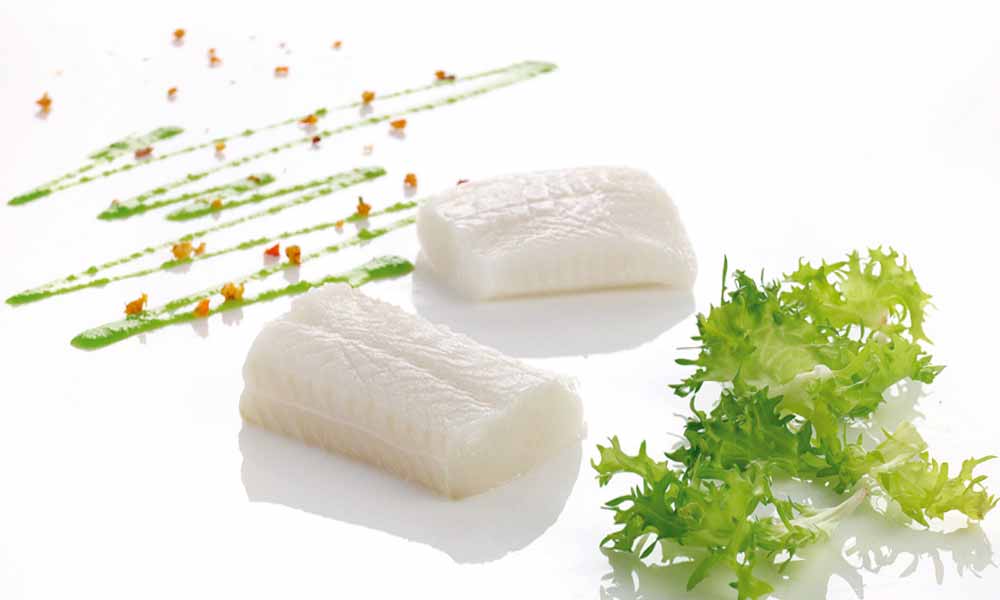
Greenlandic cuisine is deeply rooted in the Arctic traditions and the availability of local resources. With an abundance of marine life, such as seals and whales, seafood is a staple in Greenlandic kitchens. Traditional dishes include maktak, which is raw whale skin and blubber, and akutak, a mixture of meat, fish, and berries. Caffemic, a warm coffee-like drink made from ground angelica roots, is a popular beverage that provides comfort during the long, cold winters.
Wildlife in Greenland: Animals and their Adaptations
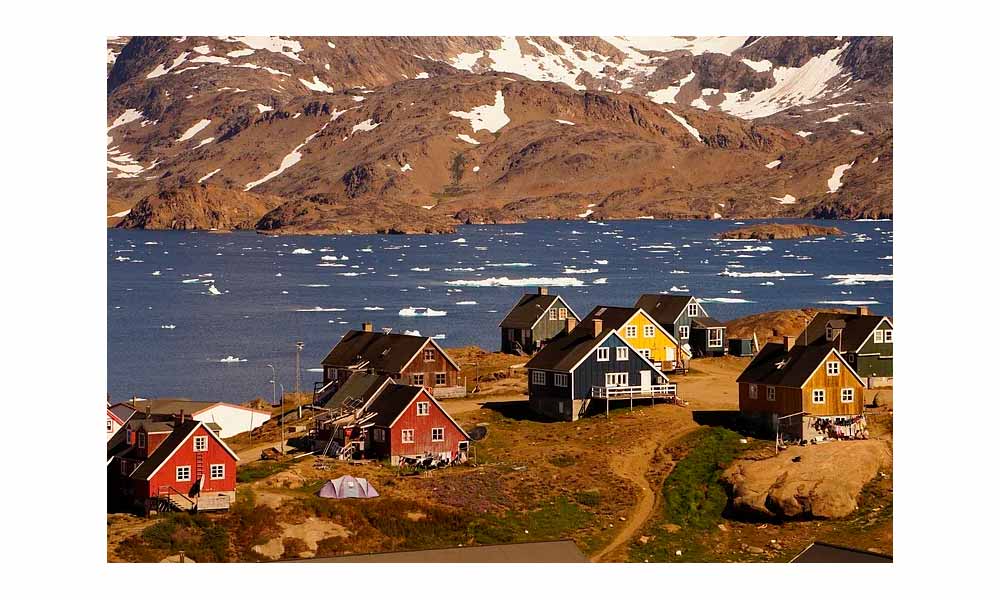
Greenland is home to a diverse range of wildlife, with many species having adapted to survive in the harsh Arctic conditions. Animals such as polar bears, Arctic foxes, reindeer, and musk oxen roam the icy landscapes. Marine life thrives in the surrounding waters, including seals, whales, and various species of fish. The tupilak, a small figurine carved from bone or antler, holds great cultural significance in Greenland and represents the spirits of the animals found in the region.
Cultural Aspects of Greenland: Language, Art, and Traditions
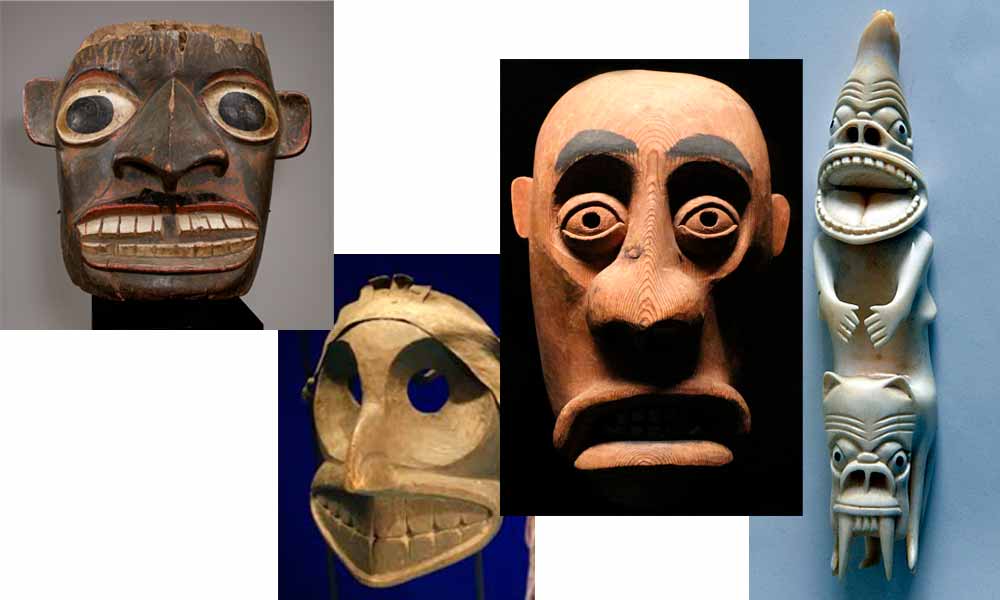
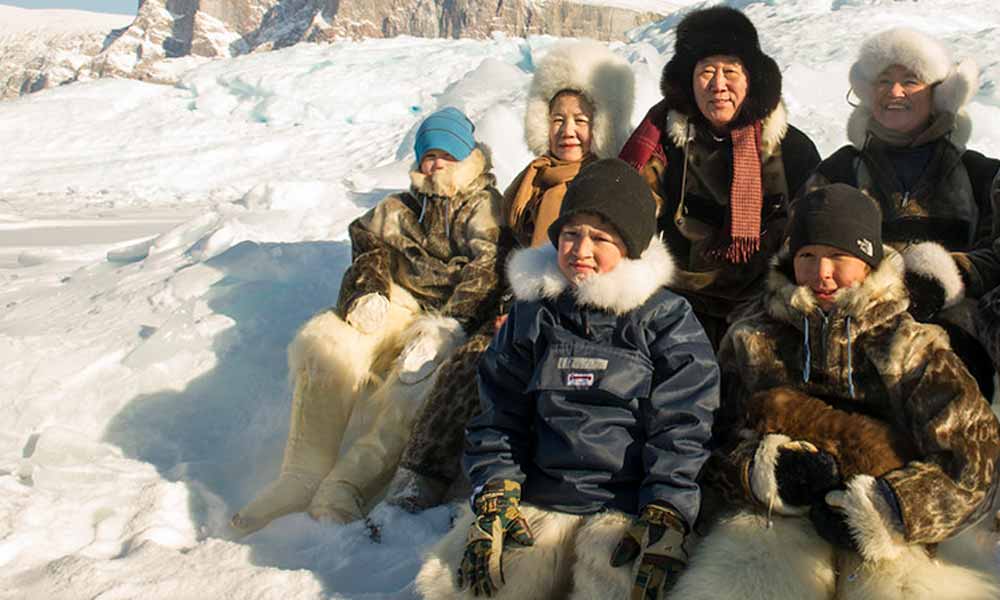
The culture of Greenland is rich and vibrant, shaped by its Arctic environment and the indigenous Inuit population. The official language is Greenlandic. It has several dialects. Traditional Inuit art, such as intricate carvings made from bone and ivory, reflects the connection between the people and their natural surroundings. Traditional clothing made from animal skins, such as sealskin and reindeer fur, is still worn during special occasions and cultural events.
Exploring Nuuk: The Capital City
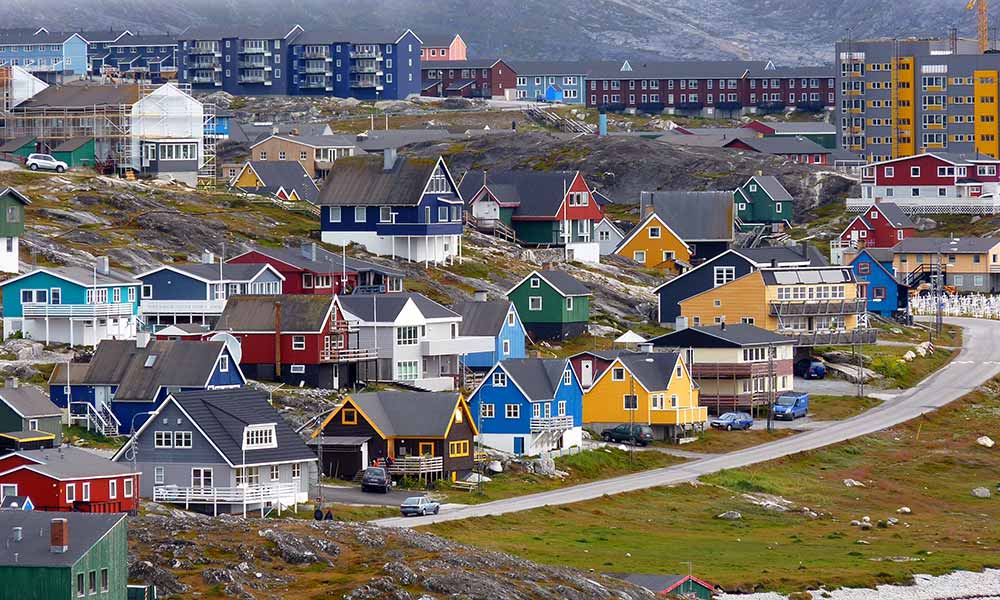
Nuuk, the capital city of Greenland, is a vibrant hub of culture and history. Situated on the southwestern coast, Nuuk offers a unique blend of traditional Inuit heritage and modern amenities. The city is known for its colorful houses, each painted a different shade, creating a vibrant and picturesque landscape. Visitors can explore museums, art galleries, and historical sites, such as the Nuuk Cathedral and the Greenland National Museum, which showcases the rich history and cultural heritage of the island.
Tourist Attractions: From Icebergs to Hot Springs
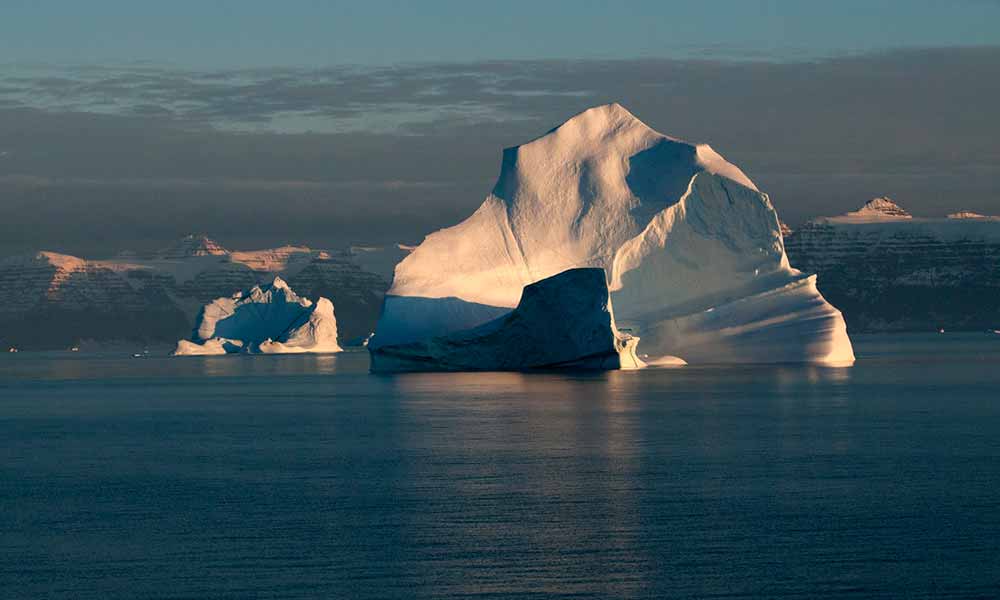
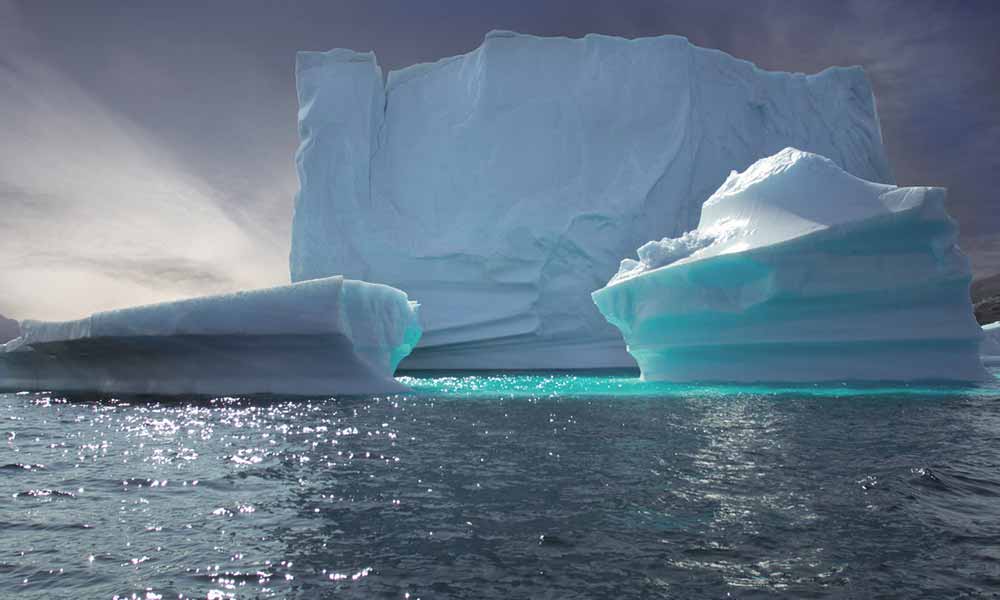
Greenland is a paradise for adventure seekers and nature enthusiasts. The island’s stunning natural beauty attracts tourists from around the world. One of the main attractions is witnessing the majestic icebergs, which can be seen floating along the coastline or in the crystal-clear fjords. During the summer months, visitors can enjoy the unique experience of bathing in hot springs while surrounded by snow-covered landscapes. For history enthusiasts, there are also ancient ruins scattered across the island, offering glimpses into Greenland’s past.
The Enchanting Allure of Greenland
In conclusion, Greenland is a place like no other. Its icy landscapes, unique wildlife, and vibrant culture make it a truly enchanting destination. Whether you are seeking adventure, tranquility, or a deeper understanding of the Arctic region, Greenland has it all. From the bustling capital city of Nuuk to the remote, untouched wilderness, this island offers a myriad of experiences for every traveler. So, pack your warmest clothing and embark on a journey to Greenland, where winter prevails year-round.
